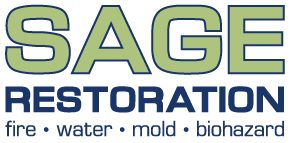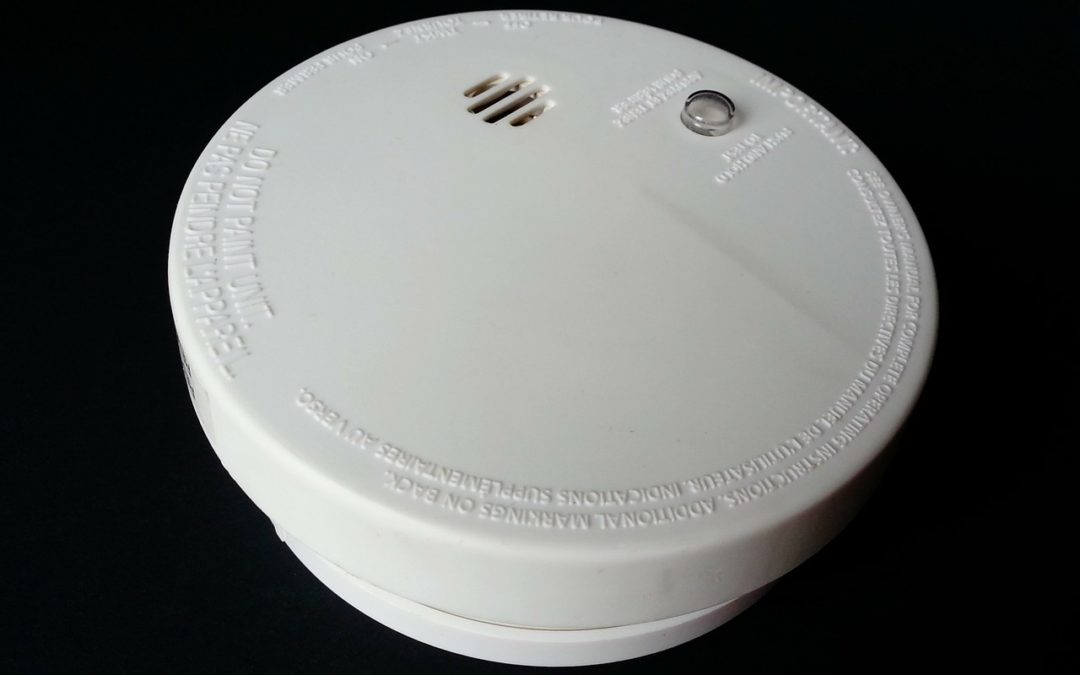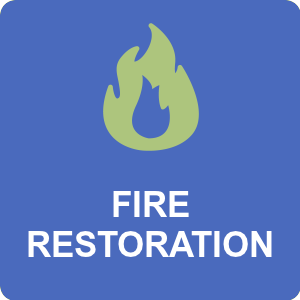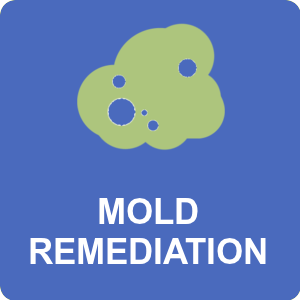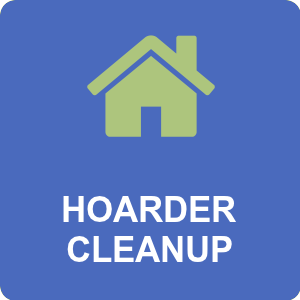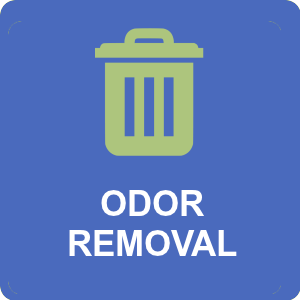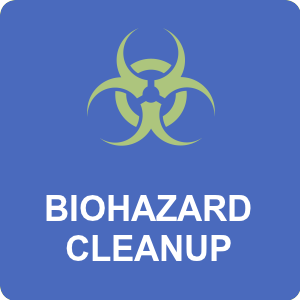In our business we see a lot of fires. Some preventable. Some not. But, it is heart-breaking when we go into a home and find out that the homeowners didn’t have working smoke detectors or fire extinguishers – two items that can help prevent a lot of heartache and devastation.
Smoke alarms contribute significantly to the safety of your family by sensing smoke long before fire has had time to spread. Fire, smoke and toxic gases move swiftly and silently through a structure, reducing visibility and your ability to escape from the house safely. Poisonous gases and smoke from a fire in your home can numb the senses in a very short time. Every home needs a device that can wake people up in time to escape.
Choosing a Smoke Alarm
It can be overwhelming choosing the right smoke alarm. There are a variety of name brands and generics. It is highly recommended to have a combination ionization/photoelectric smoke alarm. And there are smoke detectors for the hearing impaired as well! It’s important that you follow the manufacturer’s recommendations for installation, testing and maintenance.
How Many Smoke Alarms Do You Need?
Install at least one smoke alarm outside each sleeping area and one on each level of the home. Smoke alarms are not recommended for kitchens because of false alarms from cooking vapors, garages where automobile exhaust might cause false alarms, attics or other unheated spaces where extremes of temperature or humidity might affect their operation.
Installation – Where and How?
For most smoke alarms, all you need is a screwdriver and a drill. Because smoke rises, each alarm should be mounted high on a wall or on the ceiling to detect traces of smoke. Wall mounted alarms should be no less than 4″ or nor more than 12″ from the ceiling. Ceiling mounted detectors should be at least 4″ from a wall. Smoke alarms should not be mounted near air vents.
Maintenance
It’s extremely important to test and clean all detectors regularly. You need to test your alarm at least once a month and most alarms are equipped with a test button. Dust or cobwebs can reduce an alarm’s sensitivity to smoke. Clean your smoke alarm at least 3-4 times a year by using the brush end of your vacuum cleaner. Replace the batteries at least once a year if the alarm is battery operated. Smoke alarms need to be replaced every ten years and never paint a smoke alarm.
Used properly, a portable fire extinguisher can save lives and property by putting out a small fire or containing it until the fire department arrive. They are NOT designed to fight large or spreading fires. The following guidelines should be used when handling a portable fire extinguisher:
- The operator must know how to use the extinguisher.
- The extinguisher must be the right type, within easy reach, and in fully-charged, working order.
- The operator must have a clear escape route that will not be blocked by fire.
- The extinguisher must be large enough to put out the fire.
Fire Extinguishers
There are three basic classes of fires – Class A, Class B, and Class C. All fire extinguishers are labeled using standard symbols for the classes of fires they can put out. Portable fire extinguishers are also rated for the size of fire they can handle. The larger the numbers, the larger amount of fire that the extinguisher can put out, but the heavier they become. Make sure you can hold and operate an extinguisher before you buy it.
Remember the PASS-word
In the midst of a fire emergency is not the time to learn how to use your fire extinguisher. The instructions for use are displayed on the extinguisher. While trying to extinguish a fire with your fire extinguisher, always keep your back to an unobstructed exit, stand six to eight feet away from the fire, and remember the PASS-word……..PULL, AIM, SQUEEZE, and SWEEP.
PULL the pin. This unlocks the operating lever and allows you to discharge the extinguisher. Some extinguishers may have other lever-release mechanisms. Check your extinguisher and become familiar with its release mechanism.
AIM low. Point the extinguisher nozzle (or hose) at the base of the fire.
SQUEEZE. Squeeze the lever above the handle. This discharges the extinguishing agent. Releasing the lever will stop the discharge. (Some extinguishers have a button instead of a lever.)
SWEEP. Sweep from side to side, moving carefully toward the fire. Keep the extinguisher aimed at the base of the fire and sweep back and forth until the flames appear to be out.
A small fire can quickly become a large one. The first step in fighting a fire of any size is to call 9-1-1 and go outside immediately. In the event you do experience a fire in your home, contact the experts at Sage Restoration. We work with insurance companies to provide you with peace of mind. #ServiceWithCompassion
